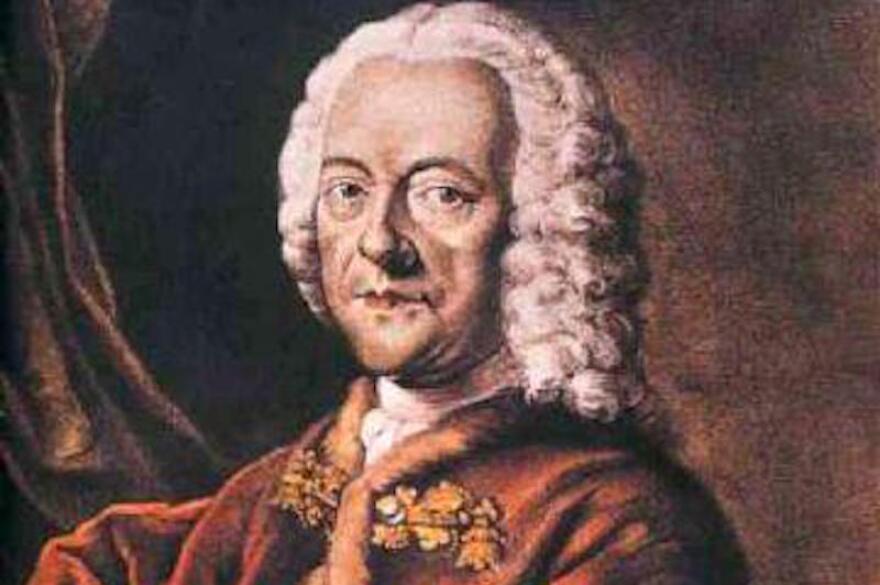Georg Philipp Telemann (1681-1767) was a prolific German Baroque composer and a contemporary of Johann Sebastian Bach and George Frideric Handel. Telemann’s immense output and innovative spirit made him one of the most influential composers of his time. Here are ten of his best compositions that showcase his versatility and creativity.
1. Tafelmusik (1733)
One of Telemann’s most famous works, “Tafelmusik” (or “Table Music”), is a collection of orchestral suites, chamber music, and concertos designed for festive banquets. The three volumes consist of a variety of musical forms, demonstrating Telemann’s ability to blend French, Italian, and German styles.
2. Viola Concerto in G Major, TWV 51
The Viola Concerto in G Major is one of the earliest known viola concertos and remains a staple of the instrument’s repertoire. Its elegant lines and lively rhythms highlight Telemann’s gift for melody and his innovative approach to orchestral writing.
3. Paris Quartets (1730)
Comprising six quartets for flute, violin, viola da gamba, and continuo, the “Paris Quartets” are celebrated for their intricate counterpoint and expressive depth. Telemann’s visit to Paris in the 1730s inspired these works, which blend French and German styles seamlessly.
4. Overture in D Major, TWV 55(“Hamburger Ebb’ und Fluth”)
Also known as the “Water Music,” this orchestral suite was composed to celebrate the centenary of the Hamburg Admiralty. Its descriptive movements, such as “The Awakening of Thetis” and “The Merry Sailors,” vividly depict maritime scenes and showcase Telemann’s flair for programmatic music.
5. Fantasia for Solo Flute, TWV 40:2-13
These twelve fantasias for solo flute are masterpieces of Baroque flute literature. Each fantasia explores different moods and technical challenges, demonstrating Telemann’s deep understanding of the instrument and his ability to create engaging solo repertoire.
6. Brockes Passion, TWV 5:1
A significant work in the history of the Passion genre, the “Brockes Passion” sets a text by Barthold Heinrich Brockes to music. Its dramatic arias and choruses, along with Telemann’s expressive orchestration, make it a powerful and moving work.
7. Concerto for Recorder, Flute, Strings and Continuo in E Minor, TWV 52
This double concerto highlights the contrasting timbres of the recorder and flute, set against a richly textured string accompaniment. The interplay between the soloists and the orchestra is both sophisticated and charming.
8. Sonata in F Major for Oboe, Bassoon, and Continuo, TWV 42
A delightful example of Telemann’s chamber music, this sonata features a lively dialogue between the oboe and bassoon. The work’s playful character and intricate counterpoint reflect Telemann’s ingenuity and sense of humor.
9. Der Tag des Gerichts (The Day of Judgment), TWV 6:8
An oratorio that combines elements of opera and sacred music, “Der Tag des Gerichts” is a vivid depiction of the Last Judgment. Its dramatic recitatives, expressive arias, and powerful choruses demonstrate Telemann’s skill in large-scale vocal composition.
10. Trumpet Concerto in D Major, TWV 51
A brilliant showcase for the trumpet, this concerto is known for its virtuosic demands and festive character. The lively outer movements frame a lyrical central movement, highlighting the instrument’s lyrical and heroic qualities.
Conclusion
Georg Philipp Telemann’s vast body of work spans numerous genres and styles, reflecting his versatility and innovation as a composer. These ten compositions are just a glimpse into his remarkable legacy, each one a testament to his enduring influence on the world of Baroque music. Whether through his orchestral suites, chamber music, or sacred works, Telemann’s music continues to captivate audiences with its charm, creativity, and emotional depth.


Comments are closed